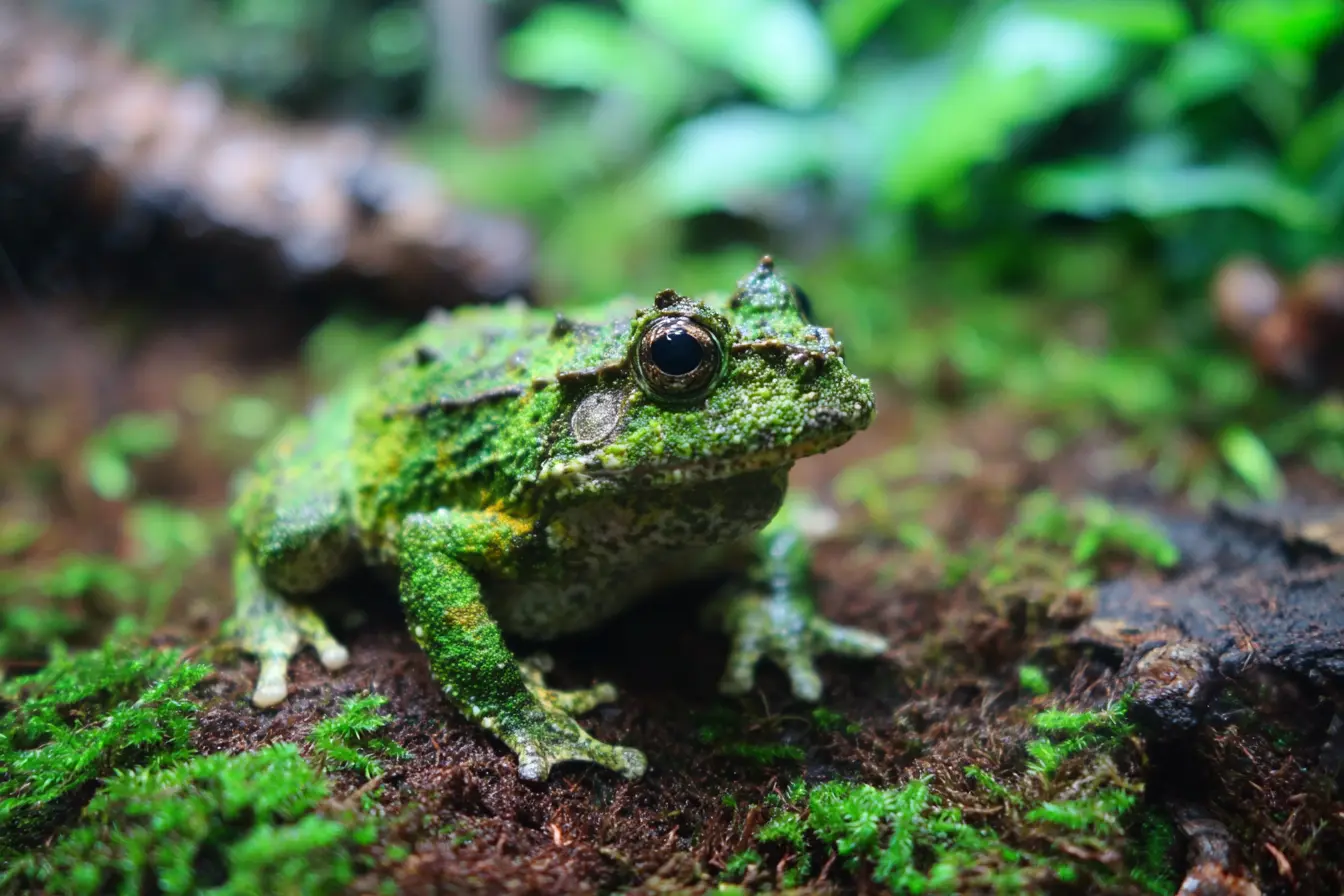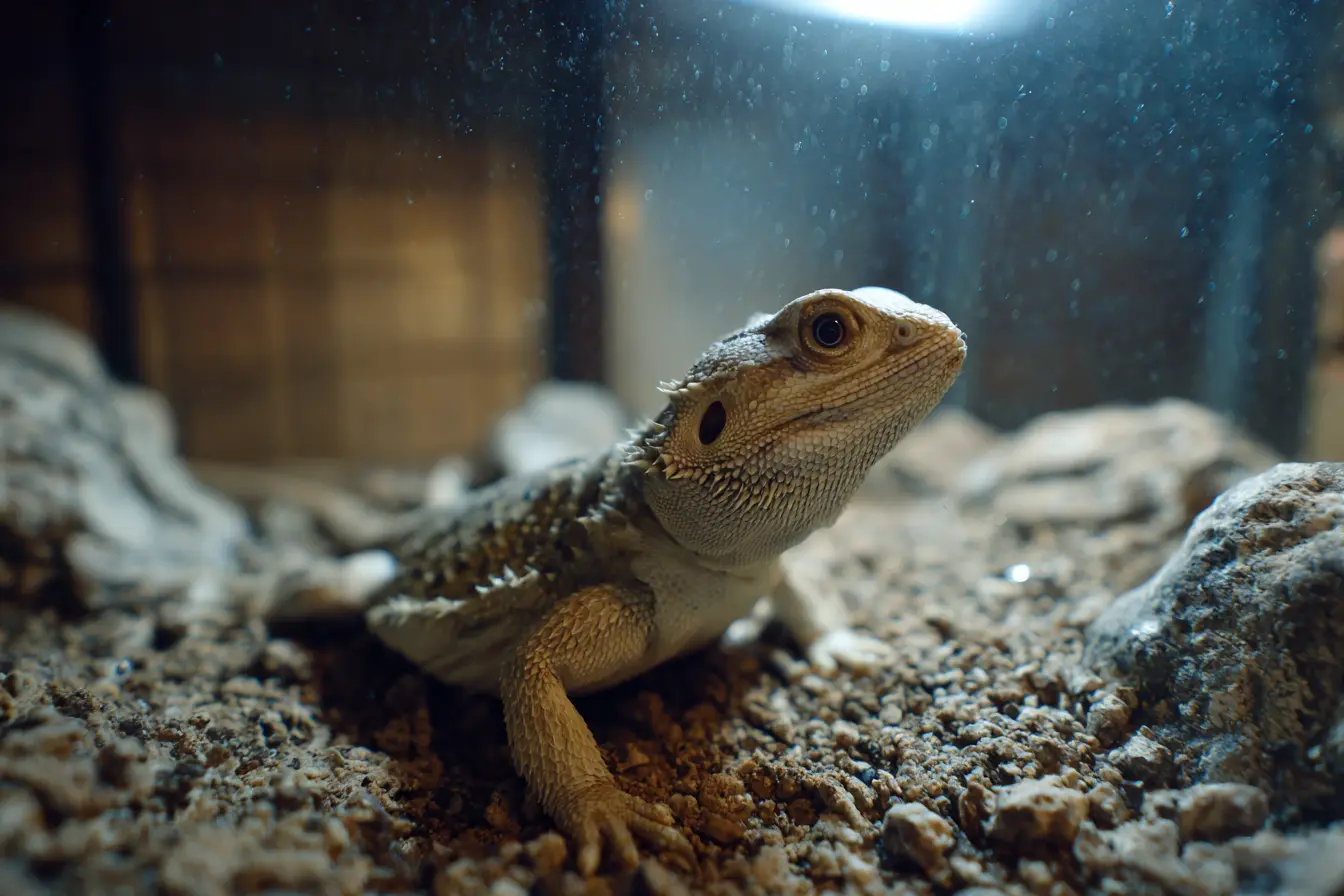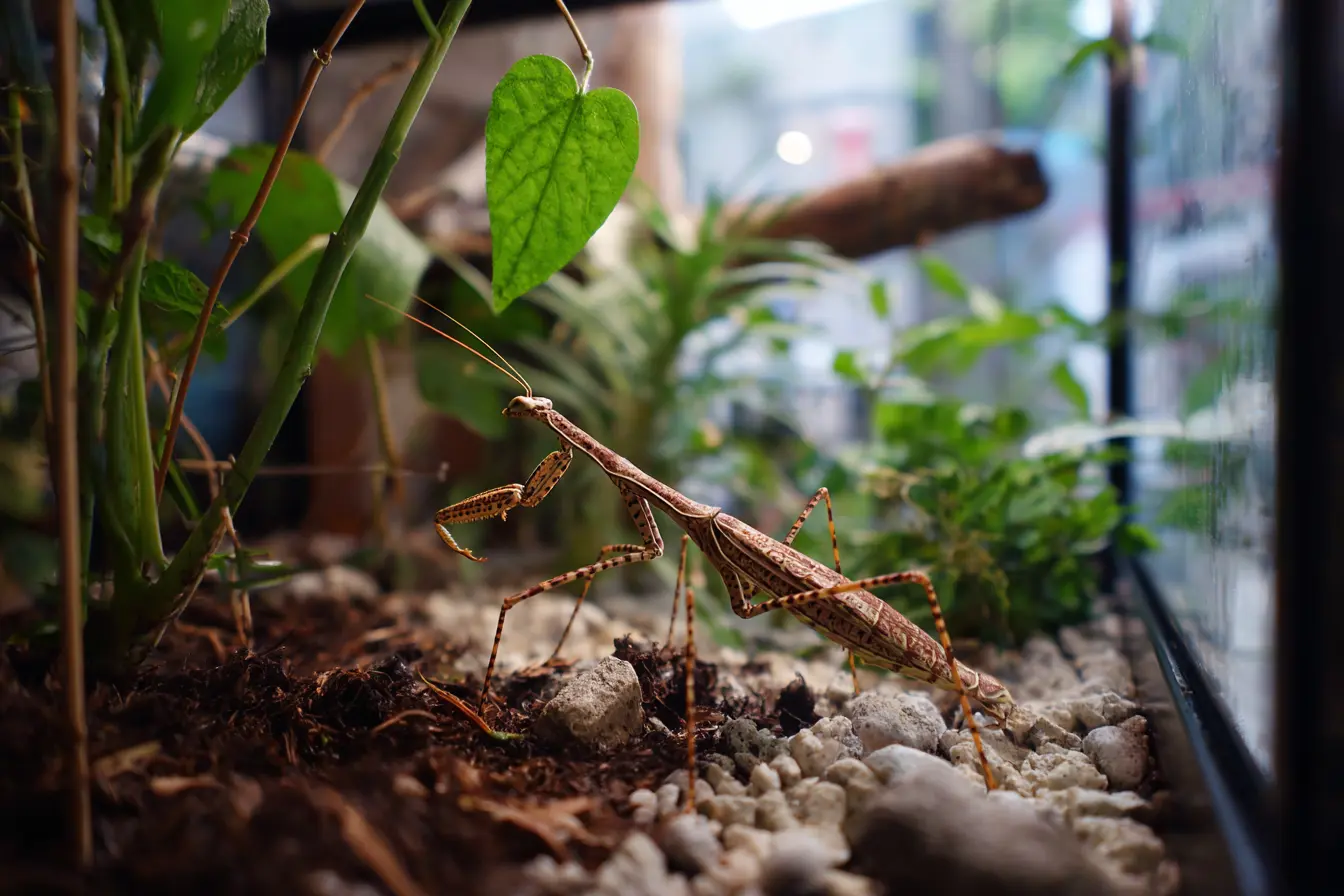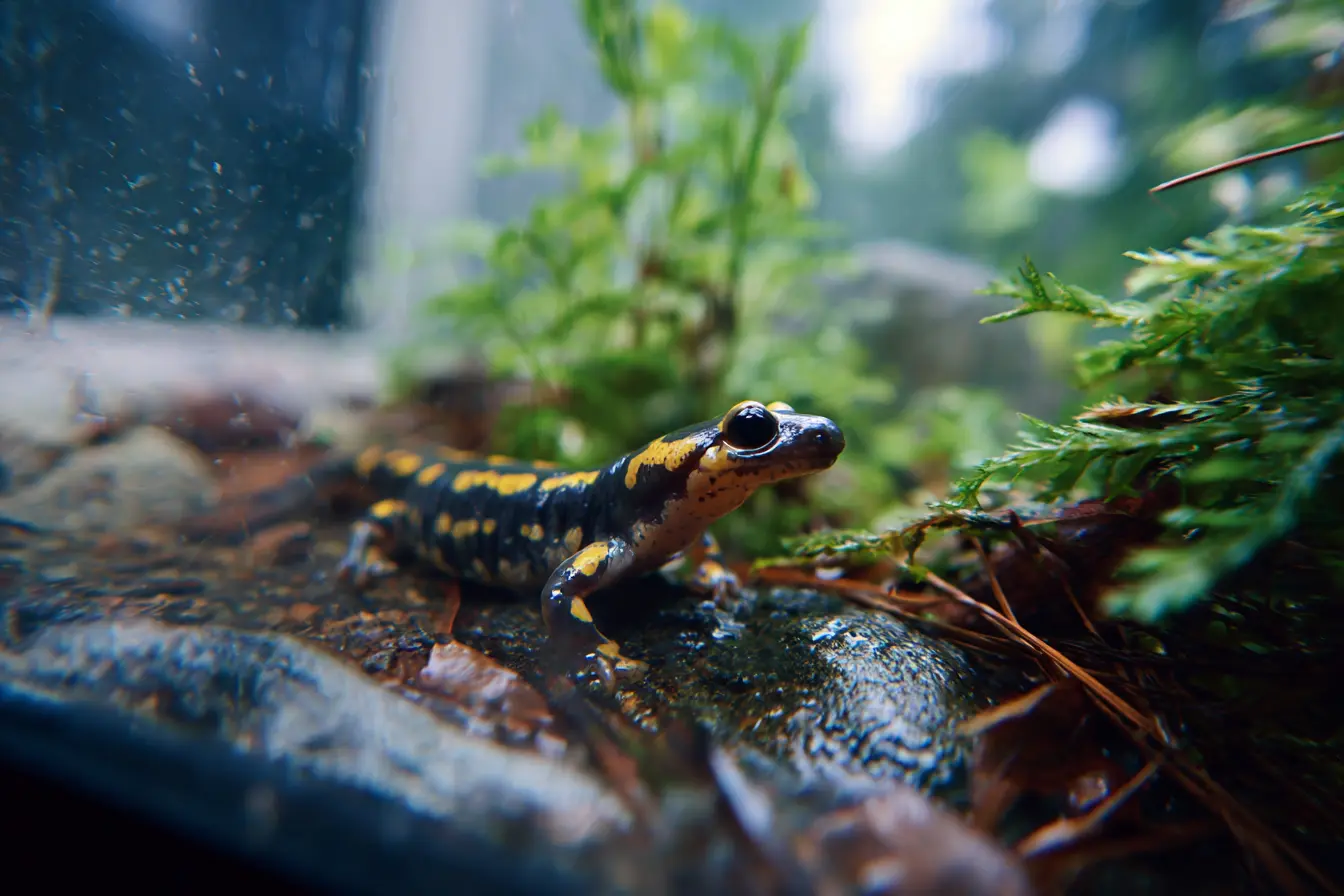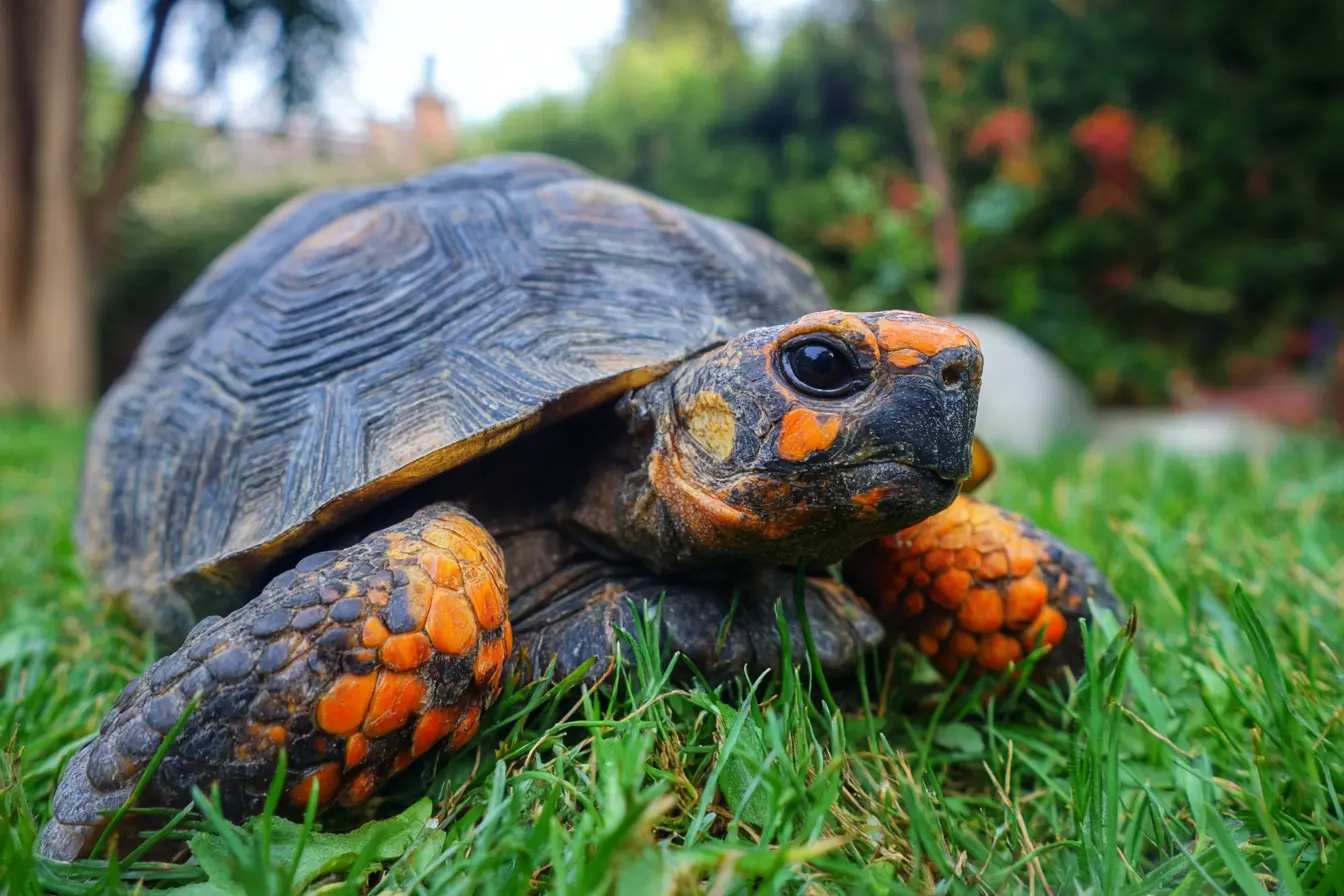
Red-Footed Tortoise Care Guide: Everything New Owners Need to Know
The red-footed tortoise (Chelonoidis carbonarius) is a medium-sized, tropical tortoise known for its striking appearance, friendly nature, and manageable size. Native to Central and South America, red-footed tortoises are easily recognisable by the red or orange scales on their legs and head.
These tortoises are popular among reptile enthusiasts in the UK, but they require specific care to thrive. If you’re thinking about getting a red-footed tortoise, this guide will cover everything you need to know, including housing, diet, health care, and maintenance.
What is a Red-Footed Tortoise?
Red-footed tortoises are tropical tortoises that live in the forests, grasslands, and savannas of South America. They are known for their adaptability to a wide range of environments and their distinctive red, orange, or yellow markings.
Adult red-footed tortoises typically grow to around 30–40 cm in length and weigh between 10–15 kg. With proper care, they can live for 50 years or more, so they are a long-term commitment.
Red-footed tortoises are generally friendly, inquisitive, and tolerate interaction well compared to other tortoise species.
Sourcing and Selecting a Red-Footed Tortoise
Choosing a healthy red-footed tortoise from a reputable source is essential for a successful experience.
Where to Buy
- Reputable breeders: Captive-bred tortoises are healthier and better adapted to life in captivity.
- Specialist reptile shops: Many UK reptile shops offer red-footed tortoises and can provide care advice.
- Rescue centres: Consider adopting a tortoise in need of a new home.
Avoid purchasing wild-caught tortoises, as they often carry parasites and may have difficulty adjusting to captivity.
What to Look For
When selecting a red-footed tortoise, look for these signs of good health:
- Bright, clear eyes with no discharge
- A smooth, firm shell with no deformities or soft spots
- Active and alert behaviour
- Clean nostrils and mouth
- No signs of wheezing, mucus, or swelling
Housing and Enclosure Setup
Red-footed tortoises are tropical species that require a warm, humid environment. In the UK climate, they need both an indoor enclosure and outdoor access during warm weather.
Indoor Enclosure
For most of the year, your red-footed tortoise will need to live indoors in a well-designed enclosure.
- Size: The enclosure should be at least 180 cm x 120 cm for a single adult. Larger is always better.
- Substrate: Use a substrate that retains moisture and encourages natural burrowing behaviour. Coconut coir, cypress mulch, or a mix of topsoil and sand works well.
- Heating and Lighting: Provide a basking spot at 32–35°C and maintain an ambient temperature of 24–28°C. UVB lighting is essential for calcium metabolism and should be available for 10–12 hours a day. Replace UVB bulbs every six months.
- Humidity: Maintain humidity levels between 60–80%. Misting the enclosure regularly and providing a large water dish will help maintain proper humidity.
Outdoor Enclosure
Red-footed tortoises can spend time outdoors during the warmer months when temperatures are above 20°C.
- Size: Outdoor enclosures should be at least 3 m x 2 m, with plenty of room for roaming.
- Fencing: Ensure the enclosure is secure and predator-proof, with walls at least 30 cm high and buried 10 cm deep to prevent escapes.
- Shelter: Provide a shaded area and a waterproof shelter for protection from rain and extreme heat.
Diet and Nutrition
Red-footed tortoises are omnivores, which means they require a more varied diet than many other tortoise species. A well-balanced diet is crucial for their health.
Staple Foods
- Leafy greens: Dandelion greens, kale, collard greens, plantain
- Fruits: Papaya, mango, strawberries, watermelon, banana (sparingly)
- Vegetables: Squash, bell peppers, carrots, cucumber, sweet potato
Protein Sources
Red-footed tortoises require some animal protein in their diet. You can offer:
- Hard-boiled eggs (occasionally)
- Low-fat dog food (once a month)
- Earthworms or snails
Foods to Avoid
- Spinach (high in oxalates)
- Citrus fruits
- Processed foods
- Dairy products
Supplementation
Dust their food with calcium powder three times a week and a multivitamin supplement once a week. Ensure fresh water is always available in a shallow dish.
Handling and Behaviour
Red-footed tortoises are generally more interactive than many other tortoise species. They are curious and may approach their keeper for food or attention.
Tips for Handling
- Support their entire body when picking them up.
- Avoid sudden movements that may startle them.
- Wash your hands before and after handling to prevent the spread of bacteria like Salmonella.
While red-footed tortoises tolerate handling, they prefer to explore their environment and should not be handled excessively.
Common Health Issues
Even with proper care, red-footed tortoises can develop health problems. Knowing the signs early is essential for preventing serious issues.
Respiratory Infections
Often caused by incorrect humidity or low temperatures. Symptoms include wheezing, nasal discharge, and lethargy.
Metabolic Bone Disease (MBD)
Caused by calcium deficiency and inadequate UVB exposure. Symptoms include soft or deformed shells, lethargy, and weakness.
Parasites
Internal parasites can cause diarrhoea, weight loss, and loss of appetite. Regular faecal tests by a reptile vet can help detect parasites.
Shell Rot
A bacterial or fungal infection that causes soft spots, oozing, or discolouration on the shell.
If you notice any signs of illness, consult a reptile-specialist vet immediately.
Specialist Vet Care
Red-footed tortoises do not require vaccinations, but regular health checks are important to ensure their well-being.
Routine Health Checks
An annual visit to a reptile vet is recommended. This should include a physical examination and a faecal test for parasites.
Emergency Situations
Seek immediate veterinary care if your tortoise shows signs of:
- Persistent lethargy
- Loss of appetite
- Difficulty breathing
- Shell injuries or infections
Care and Maintenance
Maintaining a clean and well-regulated environment is crucial for your tortoise’s health.
Daily Tasks
- Check temperatures and humidity levels
- Remove uneaten food and spot-clean waste
- Ensure fresh water is available
Weekly Tasks
- Clean and disinfect water dishes and hides
- Replace substrate in heavily soiled areas
Monthly Tasks
- Deep-clean the enclosure and replace substrate as needed
- Inspect and replace UVB bulbs
Final Thoughts
Red-footed tortoises are fascinating and rewarding pets for those who are ready for a long-term commitment. They require a warm, humid environment, a varied diet, and regular care to thrive. With the right setup and dedication, your red-footed tortoise can live a long, healthy life and become a cherished companion.
By following this guide, you’ll be well-prepared to give your red-footed tortoise the best care possible.
Vets near you
Speciality vets
- Aquatics vet specialists
- Birds vet specialists
- Camelids vet specialists
- Cats vet specialists
- Cattle vet specialists
- Deer vet specialists
- Dogs vet specialists
- Equines vet specialists
- Exotic vet specialists
- Goats vet specialists
- Pigs vet specialists
- Poultry vet specialists
- Sheep vet specialists
- Small Mammals vet specialists
- Wild vet specialists
